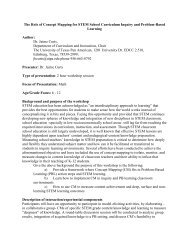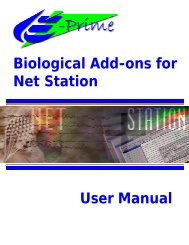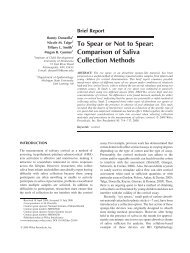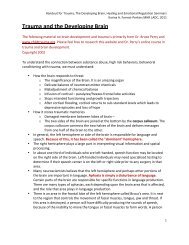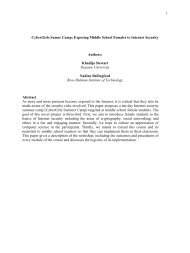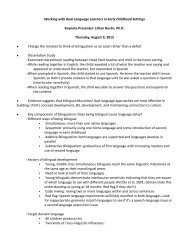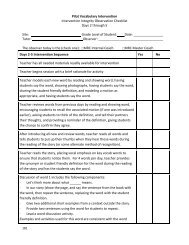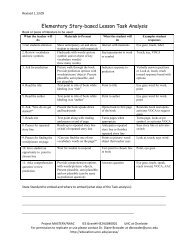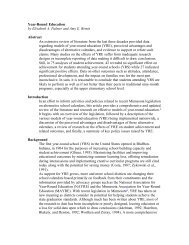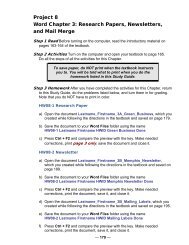Introduction to Positive Ways of Intervening with Challenging Behavior
Introduction to Positive Ways of Intervening with Challenging Behavior
Introduction to Positive Ways of Intervening with Challenging Behavior
You also want an ePaper? Increase the reach of your titles
YUMPU automatically turns print PDFs into web optimized ePapers that Google loves.
atio schedule <strong>of</strong> reinforcement The delivery <strong>of</strong> reinforcement contingent upon the frequency or number <strong>of</strong><br />
times a behavior occurs.<br />
reinforcement The delivery <strong>of</strong> positive or removal <strong>of</strong> negative consequences which results in an increase or<br />
maintenance <strong>of</strong> the rate at which a behavior is being exhibited.<br />
reliability The consistency <strong>of</strong> test performance; the degree <strong>to</strong> which a student will achieve a relatively consistent<br />
level <strong>of</strong> performance in completing a test repeatedly. Also, the degree <strong>of</strong> consistency achieved between<br />
different test administra<strong>to</strong>rs or scorers.<br />
response interval The amount <strong>of</strong> time between the delivery <strong>of</strong> a prompt or stimulus which serves as a cue and<br />
the response <strong>of</strong> the student.<br />
response generalization Changes in untargeted behaviors which are the result <strong>of</strong> changes in those behaviors<br />
targeted by intervention.<br />
response maintenance The continuance <strong>of</strong> behavior after an intervention is <strong>with</strong>drawn.<br />
response prompt A stimulus which is delivered in order <strong>to</strong> increase the probability <strong>of</strong> and encourage a desired<br />
response.<br />
restrictiveness The degree <strong>to</strong> which an intervention inhibits a student's freedom <strong>to</strong> be treated like other students.<br />
rules The component <strong>of</strong> a school's discipline code which states student and teacher expectations.<br />
schedule <strong>of</strong> reinforcement A defined schedule which determines when reinforcement will be delivered for the<br />
purpose <strong>of</strong> maintaining or increasing the rate <strong>of</strong> behavior.<br />
shaping Reinforcing closer and closer approximations <strong>of</strong> desired behavior.<br />
social contract Contingencies designed for reinforcement <strong>of</strong> an entire classroom incorporated in<strong>to</strong> a written<br />
document <strong>to</strong> which both student and teacher can refer.<br />
social reinforcement Teacher or peer attention, feedback, or approval which increases or maintains the<br />
occurrence <strong>of</strong> behavior.<br />
stimulus control The reliable contingency between a stimulus and a response; a response is exhibited in the<br />
presence <strong>of</strong> a specific stimulus and is not when that stimulus is absent.<br />
summative evaluation Evaluation which takes place at the end <strong>of</strong> a program or intervention.<br />
systematic instruction A methodical, deliberate approach <strong>to</strong> instruction which follows a series <strong>of</strong> steps <strong>to</strong><br />
identify behaviors <strong>to</strong> be taught, plans instruction by which they will be taught, implements these activities,<br />
evaluates the effects <strong>of</strong> the instruction, and determines whether the student's behavior has been changed as<br />
desired.<br />
target behavior A behavior identified for change that is observable and measurable, defined so that two persons<br />
can agree as <strong>to</strong> its occurrence. This behavior has been identified by pr<strong>of</strong>essionals and families as being in<br />
need <strong>of</strong> instruction.




